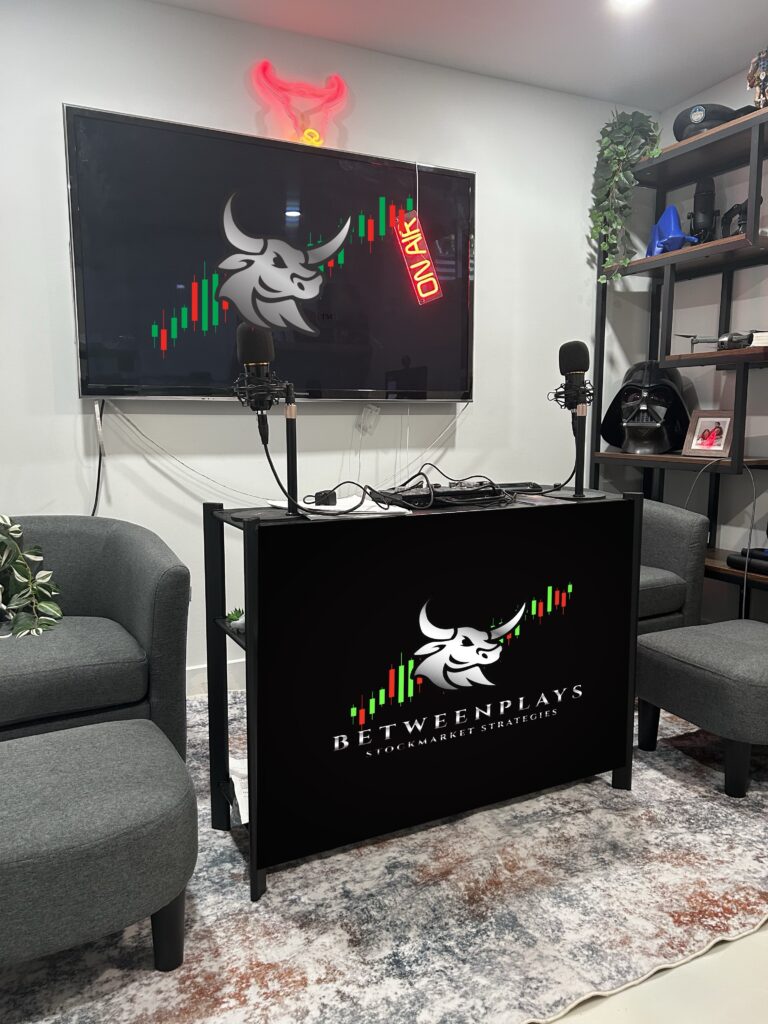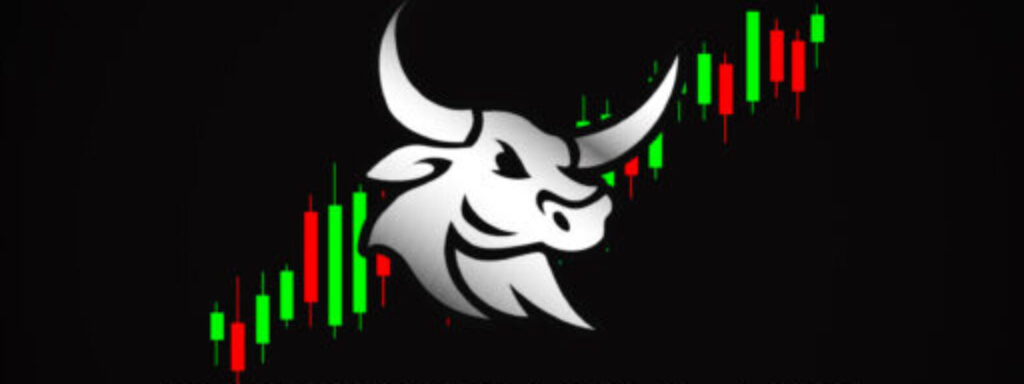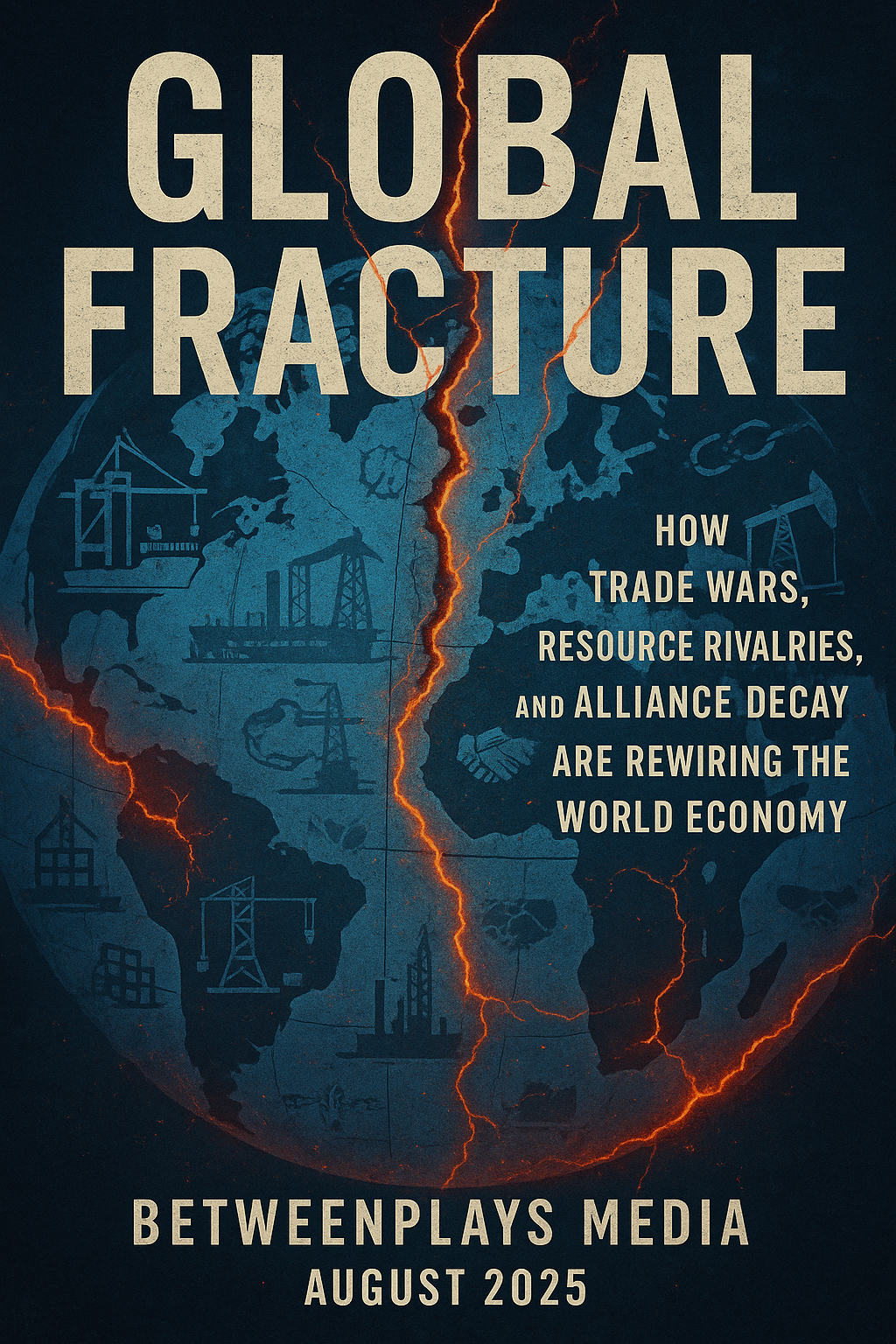- 📘 Global Fracture — The Superpower Split in Trade, Tech, and Ideology
📘 The Geopolitical Fault Line: Setting the Stage | Betweenplays Media – Global Fracture Series
History has always been shaped by the fault lines between great powers. From the rivalries of the Great Wars in Europe and Asia, to the Cold War standoff between the U.S. and the Soviet Union, global power has never been static—it shifts, fractures, and reshapes economies, alliances, and the very idea of security.
The 21st century is no different, except the tectonic plates of geopolitics are moving faster than ever. Technology, resources, finance, and ideology are colliding, creating a new era of instability that will define markets and politics for decades.
The United States, once the undisputed architect of the post–WWII order, now faces simultaneous challenges from multiple strategic competitors. China is ascending as an economic and technological superpower, Russia is rearming and redrawing borders by force, and new coalitions such as BRICS are rising to counterbalance Western influence.
This is not just an age of competition—it is an age of systemic fracture. Where once there was one dominant economic model, there are now multiple competing visions for how the world should function.
As we move through this series, each chapter will explore a critical fracture point in the global system—trade wars, energy battles, alliance shifts, currency challenges, and resource rivalries—and how each of these fractures reshapes the global economy.

MESSAGE TO READER: On August 9th, 2024, a catastrophic backflow flood — triggered by extreme weather — inundated my home and studio with over 3½ feet of contaminated water. The disaster destroyed all broadcasting equipment, wiped out my HVAC system, and forced a full-scale demolition and sterilization of the basement. The rebuild required months of intense, hands-on labor, further complicated by a serious inguinal hernia caused by the physical strain of recovery work, which later required surgery.
Despite the loss of a year of production for Betweenplays Media, the crisis became a period of behind-the-scenes rebuilding — upgrading the studio, mastering new editing skills, expanding professional networks, and re-strategizing content direction.
Now, in September 2025, the payoff is here: interview requests are piling up, high-profile opportunities are lining up back-to-back, and the platform is entering a sustained growth phase. What began as a nightmare has become the foundation for the strongest relaunch in the brand’s history.
Betweenplays Strategic Takeaway:
History doesn’t repeat itself exactly, but it rhymes. Just as past fractures have redrawn the world order, today’s strategic divides are setting the stage for a multipolar world where stability is no longer guaranteed.
With this foundation, we now turn to the most visible fracture in today’s world—the escalating rivalry between the U.S. and China.
📘 Chapter 2 of 11 – U.S. vs China: The Superpower Fracture
The U.S.–China relationship is no longer a competitive partnership—it is a full-spectrum rivalry. The superpower fracture is real, and it’s becoming the defining global event of the 21st century.
From semiconductor bans to battles over rare earth supply chains, from Taiwan’s strategic status to South China Sea flashpoints, the world’s two largest economies are decoupling in slow motion—and pulling the rest of the world with them.
In 2023, the CHIPS and Science Act marked the U.S.’s most aggressive industrial policy since the Cold War, aiming to re-domesticate semiconductor production. In retaliation, China weaponized its control of gallium and germanium—key materials in chip production—and began lobbying the Global South against Western tech standards.
⚔️ Military, Tech, and Trade: A Triangular War
The U.S. maintains over 375 military bases across Asia. China continues its expansion in the South China Sea with artificial island outposts. Both nations are investing in hypersonic missiles, AI-driven battlefield systems, and space militarization.
But at the heart of this rivalry lies a struggle for standards and influence. China’s Belt and Road Initiative is more than infrastructure—it’s a bid to export its governance model and decouple entire regions from Western dependence.
Meanwhile, U.S. firms like Apple, Tesla, and Qualcomm are caught in a geopolitical tug-of-war—reliant on Chinese manufacturing, yet incentivized by Washington to “reshore” supply chains. The result? Fragile global production and rising input costs.
💥 Economic Weaponization Intensifies
Since 2018, the escalation has been relentless:
- Huawei banned from Western 5G infrastructure
- TikTok scrutinized as a surveillance tool
- Chinese firms delisted from U.S. exchanges
- American VC restricted from funding Chinese AI firms
- Export controls expanded on advanced chips and quantum tech
This isn’t decoupling—it’s an attempt at economic containment. And it’s pushing other nations to pick sides—or risk being isolated from both.
🌍 Global Shockwaves and Realignment
Middle-ground countries like Vietnam, India, Mexico, and Brazil are now geopolitical swing states. They’re attracting factory relocations, defense contracts, and diplomatic overtures.
Yet the risks remain high. According to IMF simulations, a full decoupling could shave over $3.5 trillion off global GDP by 2030.
Simultaneously, China is shifting its efforts into space-based defense, rare earth stockpiling, digital yuan testing, and AI ethics dominance—hoping to win not just in economics, but in ideology.
🔎 Strategic Sectors & Stocks to Watch
- Semiconductors: $TSM, $INTC, $ASML, $NVDA
- Defense Contractors: $LMT, $NOC, $GD
- Critical Materials: $MP (rare earths), $LTHM (lithium), $ALB
- Emerging Markets: ETFs in Vietnam ($VNM), Mexico ($EWW), India ($INDA)
- Telecom & Surveillance: $QCOM, $ERIC, $CSCO
Betweenplays Strategic Takeaway:
“The superpower fracture between the U.S. and China isn’t just about tech—it’s about who defines the future.”
While the tech war captures headlines, the control of energy—and the currency it’s traded in—remains just as critical to global power.

COMMERCIAL LICENSE COMING SOON!
📘 Chapter 3 of 11 – Energy Nationalism: The PetroDollar Challenged, OPEC+ Rearmed
The post–World War II global order rested on a simple but powerful arrangement: oil was priced in U.S. dollars, reinforcing the dollar’s role as the world’s reserve currency. That foundation is now under threat.
OPEC+, led by Saudi Arabia and Russia, is no longer just a price-setting cartel—it’s a geopolitical force willing to weaponize output cuts. China is brokering oil deals in yuan, and India is experimenting with rupee-based trade settlements. The PetroDollar is being challenged in a way not seen since the 1970s oil crises.
For decades, the U.S. could run large trade deficits knowing global demand for dollars would stay strong. But energy nationalism changes the game. Resource-rich states are diversifying their reserves, investing in gold, and seeking alternative payment systems like China’s CIPS.
⚡ Geopolitics of Energy in Flux
- Saudi–China crude deals in yuan
- Russia offering oil discounts to BRICS partners
- Iran and Venezuela deepening energy cooperation outside Western systems
This shift forces Western economies to secure their own energy supplies through domestic drilling, nuclear revival, and renewable expansion—all while competing with China for green tech dominance.
📊 Strategic Sectors & Stocks to Watch
- Oil & Gas: $XOM, $CVX, $SHEL
- LNG Exporters: $LNG, $TELL
- Uranium/Nuclear: $CCJ, $UEC
- Renewables: $ENPH, $FSLR, $NEE
Betweenplays Strategic Takeaway:
The PetroDollar’s erosion is not just a financial shift—it’s a geopolitical earthquake. Whoever controls the terms of global energy trade will wield outsized influence over the century ahead.
Transition: If energy is the bloodstream of global power, then military alliances are its nervous system—and cracks are forming even among traditional allies.
📘 Chapter 4 of 11 – U.S. vs Russia: Cold War 2.0 Through Sanctions and Proxies
The U.S.–Russia confrontation is no longer a relic of the Cold War—it has been reborn, sharper and more economically weaponized than before.
Where the 20th-century Cold War was defined by ideological standoffs and nuclear deterrence, today’s conflict is waged through sanctions, cyber warfare, and proxy battles. The invasion of Ukraine in 2022 turned simmering tensions into open hostility, with NATO expansion on one side and a Russia–China–Iran strategic triangle on the other.
💣 Economic Warfare as the Frontline
The U.S. and EU have unleashed unprecedented sanctions targeting Russian banks, energy exports, and sovereign reserves. In response, Moscow has deepened trade with China, expanded gold reserves, and cultivated energy ties with India, Turkey, and the Gulf states.
Cyber warfare, once a shadowy sideshow, is now a central battlefield. From SolarWinds to suspected critical infrastructure breaches, the contest for digital dominance is escalating.
📍 Strategic Flashpoints
- Ukraine: A testing ground for drone warfare, long-range artillery, and Western defense unity
- Arctic: Russia militarizing the Northern Sea Route for year-round shipping
- Syria & Africa: Wagner Group and Russian contractors gaining footholds in resource-rich areas
📊 Strategic Sectors & Stocks to Watch
- Defense: $LMT, $GD, $RTX
- Cybersecurity: $CRWD, $FTNT, $PANW
- Energy Diversification: $HAL, $SLB, $TOT
Betweenplays Strategic Takeaway:
The U.S.–Russia confrontation is an ongoing stress test for NATO unity. Sanctions may bleed Moscow’s economy, but they also accelerate the formation of alternative trade and payment systems that bypass the West.
While the U.S. and Russia remain locked in military and economic conflict, even America’s closest allies are reassessing their loyalties.
📘 Chapter 5 of 11 – Canada–U.S. Tensions: The NORAD Paradox
Canada and the United States share the world’s longest undefended border, deep cultural ties, and integrated defense through NORAD. Yet, beneath the alliance, fault lines are emerging—economic, political, and strategic.
Trade disputes over dairy, lumber, and digital taxes have escalated in recent years. U.S. protectionist policies and “Buy American” provisions in infrastructure spending have left Canadian industries scrambling to maintain access to their largest export market.
🇨🇦 Defense Cooperation vs Economic Friction
While NORAD modernization is a shared priority—driven by Arctic security and hypersonic missile threats—economic disputes risk undermining broader strategic cooperation. Canada’s growing engagement with European and Indo-Pacific trade agreements also signals a diversification away from exclusive reliance on the U.S.
📊 Strategic Sectors & Stocks to Watch
- Arctic Infrastructure: $AC, $FTS, $EMA
- Defense Partnerships: $CAE, $MDA.TO
- Energy & Mining: $SU, $CNQ, $TECK
Betweenplays Strategic Takeaway:
The NORAD paradox is this: Canada and the U.S. are strategically inseparable in defense, yet increasingly competitive in trade and resource politics.
If North America’s closest allies are quietly recalibrating, then the strains in Europe and Asia’s old alliances are even more revealing.
📘 Chapter 6 of 11 – Lost Allies: Europe and Japan Recalibrate Under Global Pressure
Once pillars of the U.S.-led world order, Europe and Japan are reassessing their strategic positions. Sanctions against Russia have deepened their dependence on U.S. energy and defense, yet both are pursuing more independent policies to hedge against future uncertainty.
🇪🇺 Europe’s Strategic Drift
The EU faces internal divisions over defense spending, China relations, and energy policy. While NATO remains a unifying force, countries like France and Germany are exploring more autonomous defense capabilities. The push for a European rapid deployment force is gaining momentum.
🇯🇵 Japan’s Military Renaissance
After decades of pacifism, Japan is rapidly rearming, doubling its defense budget, and investing in long-range strike capabilities. Joint military exercises with the U.S., Australia, and India signal a deeper role in Indo-Pacific security.
🌐 Shared Pressures
- Supply chain diversification away from China
- Energy security post–Ukraine war
- Rising defense costs and public opinion shifts
📊 Strategic Sectors & Stocks to Watch
- European Defense: $BAESY, $RHM.DE
- Japanese Industry: $6501.T (Hitachi), $7203.T (Toyota)
- Renewables & LNG Imports: $ORSTED.CO, $SPT.TO
Betweenplays Strategic Takeaway:
Europe and Japan are no longer unquestioningly aligned with U.S. strategy. They are charting parallel paths—still allied, but increasingly self-determined.
These shifts set the stage for the next fracture—where infrastructure itself becomes a weapon in the contest for global influence.
📘 Chapter 7 of 11 – Infrastructure Warfare: Ports, Satellites, and Cables as Modern Weaponry
In the 21st century, power isn’t just measured in tanks and missiles—it’s measured in who controls the arteries of the global economy. Ports, satellites, undersea cables, and critical digital infrastructure have become the new high ground.
⚓ Ports as Geopolitical Chokepoints
China’s Belt and Road Initiative has secured control or influence over dozens of strategic ports—from Piraeus in Greece to Gwadar in Pakistan. These aren’t just trade hubs—they’re potential naval outposts.
🛰 Satellites & Space Assets
The rush to dominate low-Earth orbit is accelerating. The U.S.’s SpaceX Starlink network and China’s rival constellations are being deployed not just for commercial internet—but for military surveillance, navigation, and secure communications.
🌊 Undersea Cables
Ninety-five percent of the world’s internet traffic travels through undersea fiber-optic cables. These cables are vulnerable to sabotage, espionage, or being rerouted under “security” pretenses.
📊 Strategic Sectors & Stocks to Watch
- Space Infrastructure: $LHX, $MAXR, $PL
- Port & Logistics: $DPW.DE, $ZIM
- Cyber-Physical Security: $FTNT, $OKTA, $NTCT
Betweenplays Strategic Takeaway:
Infrastructure is no longer passive. It’s contested, militarized, and weaponized. Nations that fail to protect their critical arteries risk economic suffocation.
But infrastructure control is just one layer—alliances themselves are being flipped on their heads, reshaping who trusts whom in a world of shifting loyalties.
📘 Chapter 8 of 11 – Alliance Reversals: Old Enemies Become Partners; Old Friends Turn Rivals
Global politics is undergoing a strange inversion. Countries once locked in deep hostility are finding common cause, while decades-old alliances show cracks.
🌀 Unlikely Partnerships
- Saudi Arabia & Iran: Brokered by China, two bitter rivals reopened diplomatic channels in 2023.
- Turkey & Russia: Cooperation on energy and defense despite NATO membership.
⚠ Strained Friendships
- U.S. & France: Tensions over submarine deals and African policy.
- India & Canada: Diplomatic friction over diaspora politics and security allegations.
This reshuffling is driven by energy security, technology access, and the desire to hedge against overdependence on any single bloc.
📊 Strategic Sectors & Stocks to Watch
- Energy Infrastructure: $ENB, $EQNR, $XOM
- Military Tech Sharing: $BA, $LMT, $TKMS.DE
- Cross-Border Trade ETFs: $EEM, $IEMG
Betweenplays Strategic Takeaway:
The global chessboard is being rearranged, and the pieces aren’t falling where they used to. For markets, this means unpredictable partnerships and volatility in trade routes, defense contracts, and energy flows.
One of the most destabilizing forces behind these reversals? The unraveling of the global monetary system as rival blocs challenge the dollar’s supremacy.
📘 Chapter 9 of 11 – Currency Fracture: The End of SWIFT Dominance and the Rise of Digital FX Blocs
For decades, the U.S. dollar’s dominance has been the bedrock of global finance. SWIFT, the international payments network, acted as the central nervous system of trade settlement. But in the wake of sanctions, dedollarization efforts, and digital currency experimentation, that dominance is eroding.
💱 BRICS and the Push for a Dollar Alternative
BRICS nations are openly discussing a commodity-backed trading currency. Russia and China have expanded their bilateral settlements in yuan, bypassing the dollar entirely.
📡 Digital Currency Rivalries
- China’s digital yuan is already in cross-border pilot programs.
- The U.S. is exploring a digital dollar, but faces privacy and political pushback.
- Smaller economies are adopting crypto-stablecoin systems to skirt capital controls.
⚠ Implications for Global Markets
- Reduced U.S. sanction leverage
- Volatility in emerging market debt denominated in USD
- Currency blocs tied to geopolitical alliances
📊 Strategic Sectors & Stocks to Watch
- Digital Payments: $SQ, $PYPL, $MA, $V
- Blockchain Infrastructure: $COIN, $RIOT, $MARA
- Commodities: $GLD, $SLV, $DBC
Betweenplays Strategic Takeaway:
The currency fracture is more than a financial shift—it’s a redistribution of power. Whoever controls the future of settlement systems will dictate the rules of global trade.
And nowhere is this redistribution of power more aggressively contested than in the resource-rich frontiers where Africa and the Middle Belt are being re-divided under new flags.

GLOBAL FRACTURE, A NOVEL SOON TO BE RELEASED BY BETWEENPLAYS MEDIA!
📘 Chapter 10 of 11 – Africa & the Middle Belt: Resource Colonization Reboots Under New Flags
Africa and the so-called “Middle Belt” — stretching from West Africa through the mineral-rich zones of Central Africa and into East Africa — are becoming the most hotly contested geoeconomic arenas of the 21st century.
💎 Critical Resources in Play
- Cobalt & Lithium from the DRC and Zimbabwe feed the EV revolution.
- Uranium from Niger powers nuclear ambitions.
- Rare Earths in Burundi, Madagascar, and South Africa are vital for electronics and defense systems.
🛰 The New Colonizers
- China has entrenched itself with port projects, mining concessions, and debt-for-infrastructure swaps.
- Russia uses Wagner Group affiliates for “security contracts” tied to resource access.
- Western nations scramble to maintain influence through trade incentives and renewable energy partnerships.
🚢 Middle Belt Geopolitics
From Nigeria’s oil deltas to Sudan’s gold corridors, control over extraction rights doubles as a lever of political influence. These are not just economic plays—they’re power plays.
📊 Strategic Sectors & Stocks to Watch
- Mining: $VALE, $RIO, $SCCO
- Energy: $XOM, $BP, $TTE
- Renewables & EV Supply Chain: $ALB, $LTHM, $TSLA
Betweenplays Strategic Takeaway:
The scramble for Africa has returned—but with satellites, cyber networks, and private military contractors replacing colonial garrisons. The stakes are no longer just land—they’re the minerals that power the next century.
Transition: And just as Africa becomes the crucible for resource competition, new trade corridors are reshaping the direction of global commerce—pulling influence from West to East, and North to South.
📘 Chapter 11 of 11 – The Fractured World Order: A New Global Map Emerges
The world is not bending. It is breaking.
For decades, globalization followed a familiar script: liberal democracy expanding, supply chains stretching, capital flowing across open borders, and Western-led institutions acting as referees.
That era is ending.
The 21st century’s defining feature is now fracture — of trade, alliances, ideologies, and technologies. As power decentralizes and nations double down on self-interest, a new global map is emerging—chaotic, multipolar, and unstable.
🧭 The End of Global Convergence
From the end of WWII to the 2010s, most countries moved (unevenly) toward Western economic models, multilateralism, and shared rules. But cracks widened with the 2008 financial crisis, the U.S.–China tech war, the COVID-19 pandemic, and now, the Ukraine conflict and Middle East volatility.
Each of these jolts revealed a hard truth: global systems can be weaponized.
- Semiconductors became chokepoints
- SWIFT became a sanction lever
- Shipping lanes turned into geopolitical tinderboxes
- Energy and grain exports became coercive tools
Result: States are pursuing strategic autonomy, whether via rare earth mining, digital currencies, or military modernization.
🌍 The Rise of the “Cold Peace” World
We are entering a Cold Peace — a period without open world war, but full of systemic rivalry.
- NATO vs BRICS is now a central axis of opposition
- The Indo-Pacific is a strategic flashpoint
- Africa and Latin America are emerging as new battlegrounds for influence
Institutions like the UN and WTO are losing authority. In their place: regional deals, currency swaps, sanctions coalitions, and digital platform sovereignty.
Expect data borders, dual tech stacks, and parallel financial ecosystems to replace universal systems.
⚠ Risk Zones and Strategic Realignment
The future won’t be defined by superpower dominance—but by zones of tension, alliance, and opportunity:
- Eastern Europe: Still volatile; military spending will spike
- Middle East: Oil politics, Israel–Iran tensions, BRICS alliances
- Arctic & Africa: Resource frontiers being militarized
- South America: Political realignment and lithium wars
Neutrality is disappearing. Countries are being forced into camps—or punished economically for staying in between.
📊 Strategic Sectors & Stocks to Watch
- Defense & Intelligence: $RTX, $BA, $PLTR, $LHX
- Resource Nationalism: $VALE, $SCCO, $RIO
- Digital Sovereignty: $SNOW, $NET, $ZS
- AI Infrastructure: $MSFT, $GOOGL, $AMD, $NVDA
- Cybersecurity: $CRWD, $OKTA, $S
We also expect capital to flow toward infrastructure ETFs, commodity producers, and strategic logistics hubs.
🧠 Final Betweenplays Takeaway
“The fractured world order isn’t theory—it’s already here. Globalization has split into competing spheres, and the margin for miscalculation is shrinking.”
This is not a temporary turbulence—it’s a long-term structural shift. Those who prepare—strategically, politically, and financially—will not just survive it.
They will shape what comes next.
“History has always been written by the winners—but the winners have always been those who understood the currents before they shifted.
The past teaches us patterns, the present demands our focus, and the future will only belong to those who prepare for it now.
In a fractured world, standing still isn’t patience—it’s surrender.”
— Albert Laurin, Betweenplays Media
Disclaimer:
The content in this series is for informational and educational purposes only. It reflects research, publicly available data, and independent analysis from Betweenplays Media. Nothing in these chapters should be interpreted as financial advice, investment recommendations, or official geopolitical forecasts.
Markets, political conditions, and alliances can change rapidly. Readers and viewers are encouraged to conduct their own due diligence, consult with licensed financial and legal professionals, and critically evaluate all information before making strategic decisions.
Any references to companies, sectors, or securities are provided solely as illustrative examples and do not constitute endorsements or solicitations.


TAGS: #GlobalFracture, #Geopolitics, #WorldEconomy, #StockMarketStrategies, #TradeWarAnalysis, #ResourceNationalism, #BRICSvsNATO, #EconomicShift, #PowerStruggles, #FinancialLiteracy, #InvestorMindset, #MacroTrends, #Geoeconomics, #MarketWatch, #CommodityInvesting, #DefenseSectorStocks, #RareEarthStocks, #EmergingMarketsStrategy, #SupplyChainDisruption, #StrategicSectors2025, #RealEstateBrokerQuebec, #BuyingAHomeMontreal, #LaurinImmobilier,

